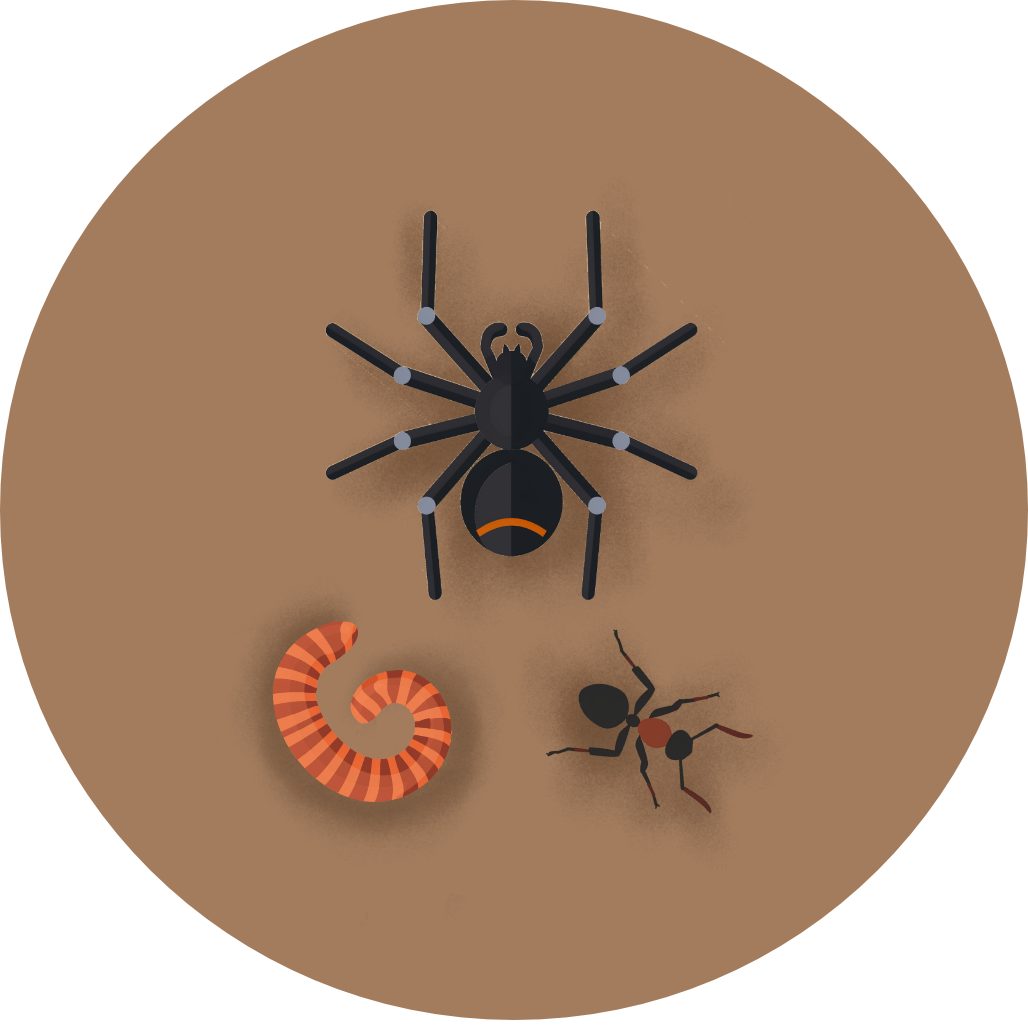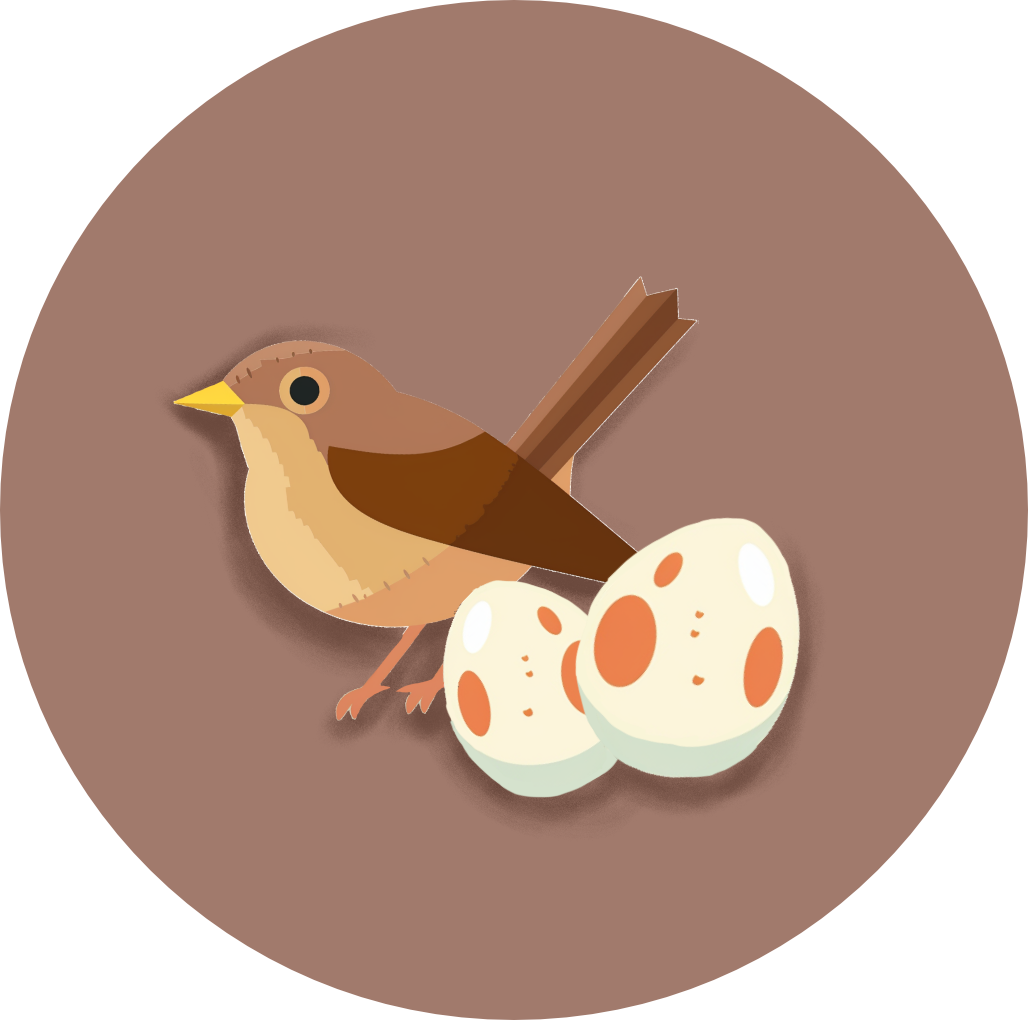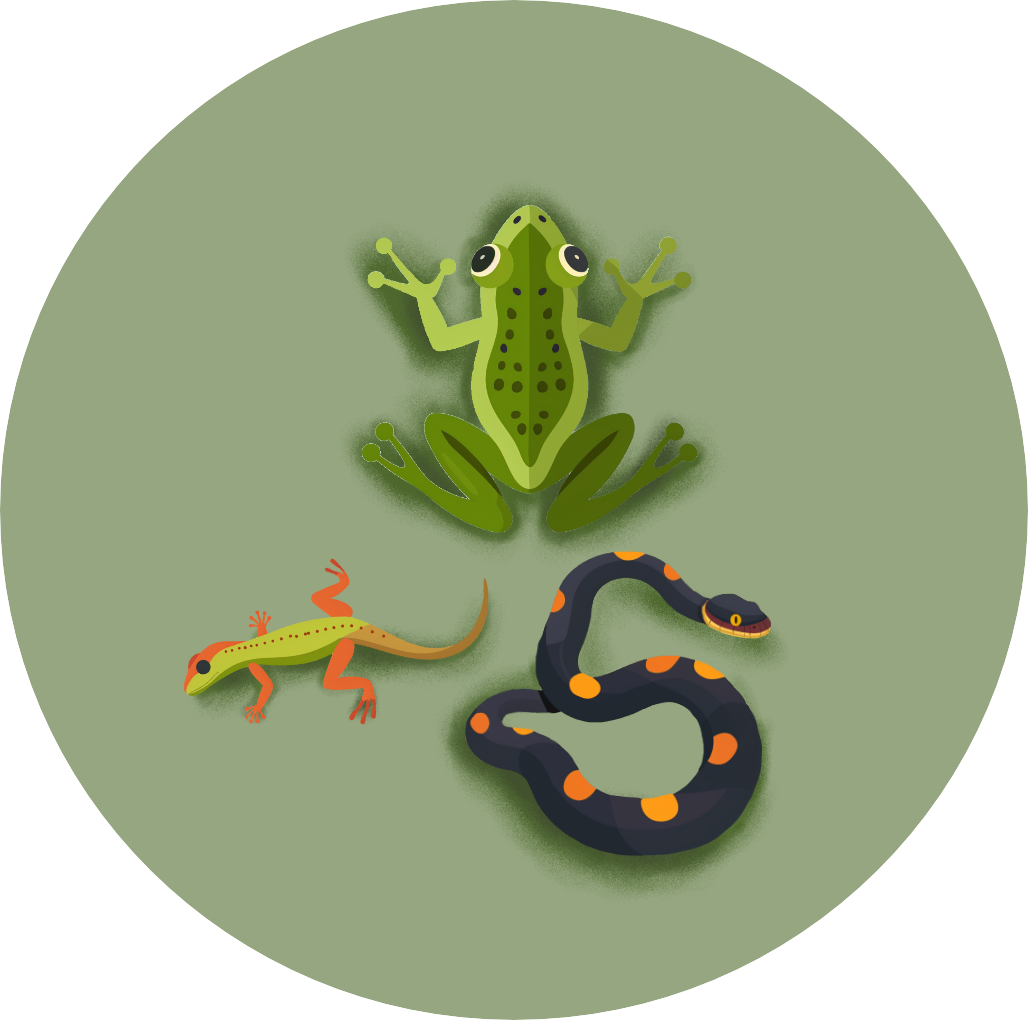
Long-tailed Cuckoo
Urodynamis taitensis
Also known as: Koekoea


Urodynamis taitensis
Also known as: Koekoea

The long-tailed cuckoo, also known as koekoeā in Māori, is a striking summer visitor to New Zealand. This large, sleek bird is renowned for its exceptionally long tail, which is nearly as long as its body. With its brown plumage and distinctive call, it's an intriguing sight in New Zealand's forests.
1. Extremely long tail, about as long as the body itself
2. Harsh, screeching call that's unmistakable in the forest
3. Brown upperparts with distinctive barring and streaking
Long-tailed cuckoos are brood parasites, laying their eggs in the nests of other bird species, particularly whiteheads, brown creepers, and yellowheads. They're migratory, spending winters in Pacific islands and returning to New Zealand to breed. Their unique breeding strategy and long-distance migration make them a fascinating species to study.
Look for long-tailed cuckoos in extensive native or exotic forests throughout New Zealand, particularly from the Waikato region southwards. They're most active during spring and summer, often spotted high in the tree canopy. Listen for their distinctive calls, which can be heard day and night. These birds are quite secretive, so patience and a keen ear are key. Try visiting forest edges during early morning or late afternoon for better chances of a sighting.
In Māori culture, the long-tailed cuckoo holds special significance. Its arrival was traditionally seen as a signal to plant kumara (sweet potato), while its departure indicated harvest time. This connection highlights the bird's importance in traditional agricultural practices.
40 cm
125 g





Coming Soon!
Top birding locations will be available in a future update.